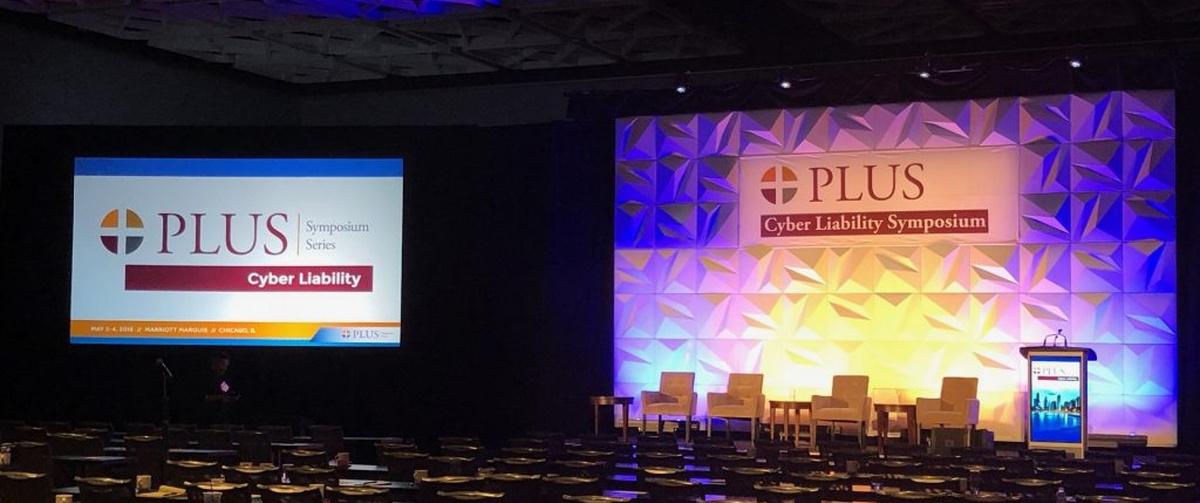Revolutionizing Audience Interaction Via Immersive Virtual Reality Experiences within Real-time Productions
Revolutionizing Audience Interaction Via Immersive Virtual Reality Experiences within Real-time Productions
Blog Article
In recent times, virtual VR has become as powerful instrument for boosting audience engagement in live productions. Such innovation enables audiences to submerge oneself in a three-dimensional environment, crafting a unique experience that conventional formats cannot duplicate. By utilizing VR, creators can transport audiences into the core of the action, making them sense as if they are integral of the performance. This innovative approach not only captivates viewers but also opens up new opportunities for narrative and interaction.
One of the key benefits of employing VR in real-time performances is the capability to forge a more engaging experience. Viewers can engage with the performance in real-time, influencing the result or exploring different perspectives. For instance, in a stage show, audiences wearing VR headsets can select to pursue particular roles or segments, allowing them to tailor their encounter. This degree of engagement cultivates a more profound bond between the viewers and the performance, rendering it even unforgettable and significant.
Additionally, VR tools can enhance the visual and auditory elements of a live performance. Using high-quality graphics and sound design, producers can build stunning settings that attract audiences in. This engaging characteristic can elevate the complete experience, making it more captivating and pleasurable. For example, a musical performance can be converted into a rich encounter, where audience members experience as if they are on in front with the performers. Such enhancements not only draw bigger viewers but also promote repeat attendance, as audiences look to re-experience the excitement.
In addition enhancing viewer engagement, VR can also provide valuable insights for producers. By analyzing how audiences engage with the digital setting, producers can collect information on viewer likes and actions. This data can inform upcoming performances, helping to tailor content to better meet the demands and wants of the viewers. As a consequence, VR not just enhances the present experience but also contributes to the evolution of live productions as a whole.
With the advancements progressing to advance, the potential for VR in live productions is immense. Ranging from stage shows and musical events to athletic competitions and festivals, the opportunities are endless. Through embracing this innovative method, creators can transform the way audiences experience live entertainment. As an increasing number of check this site out producers explore the integration of VR, it is likely that we will see a change in how shows are crafted and presented, eventually resulting to a greater immersive and participatory future for real-time performances.